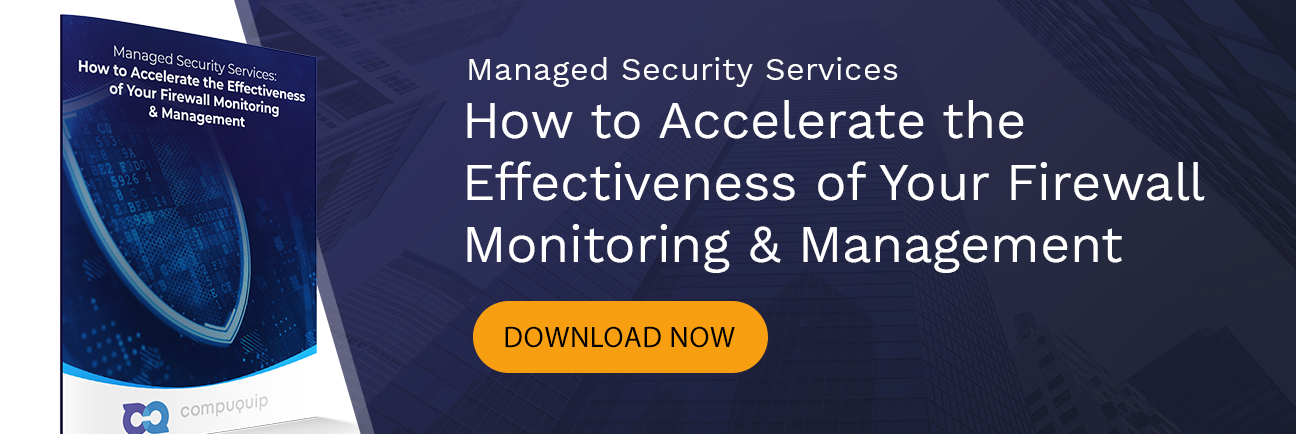VPN vs. Zero-Trust Security: Handling a Perimeter that is Everywhere
Perimeter security or perimeter protection are security solutions that utilize physical and software technology systems to protect from unauthorized access and intrusion, with the end goal of safeguarding people, places, and property.
In today's digital age, cyber attacks have become a major threat to individuals and organizations alike. With increasing dependence on technology and the internet, it has become more important than ever to protect against potential security breaches. Cyber perimeter security is one such approach that helps to safeguard against these attacks by creating a boundary or "perimeter" around a network or system. This perimeter acts as the first line of defense against external threats, preventing unauthorized access and protecting sensitive information.
VPN and Zero-Trust cybersecurity are both important measures to protect sensitive data and prevent cyber attacks, but they operate in different ways. A VPN, or Virtual Private Network, creates a secure, encrypted connection between a user and a network, allowing the user to access resources and information remotely while keeping their internet traffic private.
Zero-Trust cybersecurity, on the other hand, operates on the principle of never automatically trusting any user, device, or network traffic, regardless of whether they are inside or outside the network. Instead, access to resources is granted on a case-by-case basis and verified using multiple factors such as user identity, device health, and network location.
While VPNs are useful for providing secure remote access, zero-trust cybersecurity offers more comprehensive protection against insider and external threats and is becoming increasingly popular as a security model for modern organizations.
In this article, we will explore zero-trust security and discuss some effective strategies for implementing it in your organization. We will also examine some common threats to cyber security and how a well-designed perimeter can help mitigate these risks.
Read the full report now
The Zero-Trust Security Model
The zero-trust security model emphasizes the importance of monitoring and logging all network activity, as well as analyzing that data to detect potential threats in real-time. It is designed to help organizations achieve a higher level of security by reducing the attack surface and minimizing the potential damage that can be caused by a successful cyber attack. Let’s dig a little deeper and look at some of the different levels of zero-trust security.
Networks
Granular network segmentation is the key to protecting your network from lateral cybersecurity threats. You want to divide your network into segments with micro-perimeters in place around the most valuable assets. However, it is important to strike a balance between the levels of segmentation and the number of perimeters you have in place, and the manageability of the system overall. Too many layers may end up overwhelming your cybersecurity team.
People
Did you know that more than 61% of data breaches involve stolen or weak login information? And 82% of breaches involved the human element, including social attacks, mistakes, and misuse. Zero trust addresses the people issue by never granting trust by default to any users attempting to process data. Secure sign on (SSO), multi-factor authentication (MFA), context and anomaly detection are all critical aspects of zero-trust people.
Devices
Today with so many devices connected to your network, including mobile devices and internet of things (IoT) devices, vulnerabilities are multiplying. Inadequate security configuration can leave networks open to attacks, so zero-trust means protecting all devices connected to your network and isolating them if they become compromised. Installing on-device security protection for all devices, even employees’ personal devices, can go a long way to prevent zero-day malware from infecting your network.
Data
With zero-trust security, all data must be encrypted where it resides and when it is being transferred. Data loss prevention (DLP) protocols should also be in place. These include allowing employees to classify and protect sensitive files in they are going to be sent outside of the organization, and a DLP solution for gateways and SaaS applications.
Workloads
Finally, zero-trust workloads refer to assets that are handled in the cloud. In the cloud, IP addresses can change, rendering IP-based controls useless. To ensure these assets are protected, zero-trust calls for the identification of assets in the cloud that require protection, all the workloads related to those assets, and internal segmentation to identify who has the “least privilege” when accessing that asset.
Visibility and Analytics
Visibility and analytics are integral to your zero-trust cybersecurity strategy. Zero-trust security models provide security teams with visibility throughout their entire network system with continuous monitoring, logging, correlating, and data analysis across all network activities. First, you’ll need to establish a centralized security management system to correlate all activities across all endpoints. Log all activities to be able to flag any anomalies or suspicious attempts to login to the network with false information. Remember information may be stolen as well, so those multiple levels of identification we mentioned before are critical here.
Then, you’ll want to invest in a big data analysis tool to aggregate all security related events whether they are malicious or not and use the data from your continuous monitoring to identify when a breach may have occurred. Threat intelligence services can help provide comprehensive and up-to-date threat indicators from a global monitoring network.
Related Content: SOAR Core Principles: Understanding Cybersecurity Operations
Automation and Orchestration
Finally, take advantage of automation and orchestration. Security orchestration and automation (SOAR) involves best practices for integrating an organization’s security and IT environments for speed and agility. This allows for improved incident response time, improved data accuracy, and better task delegations.
By implementing automation and orchestration into your zero-trust cybersecurity strategy or framework, you help your cybersecurity team understand where they need to focus their efforts when an incident does occur. Repetitive security tasks can be automated into workflows, just as incident detection and remediation can as well. There are so many security solution APIs available now so your team can integrate the systems that work for your organization’s needs effectively.

